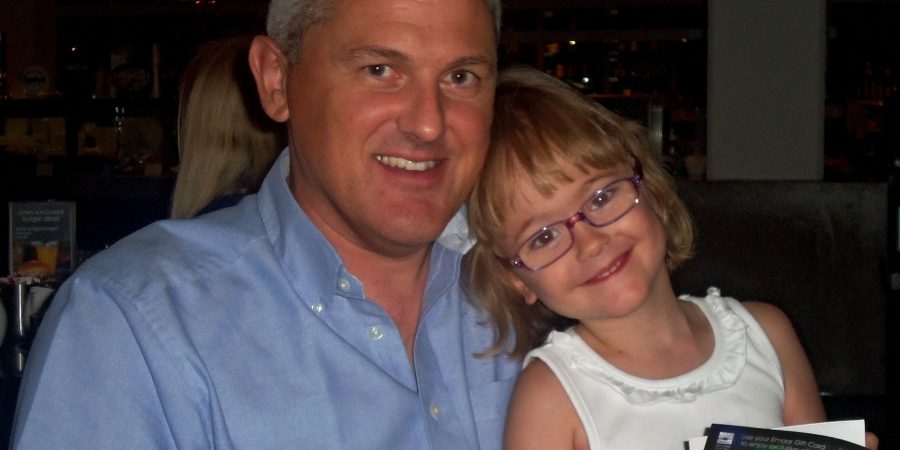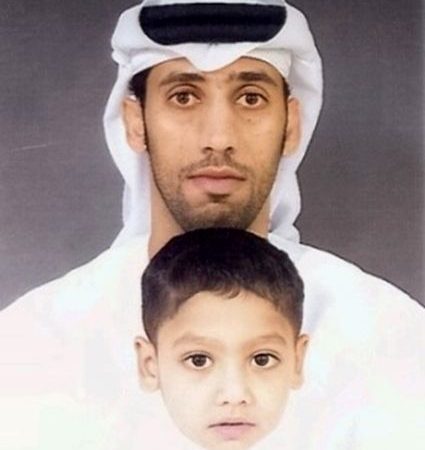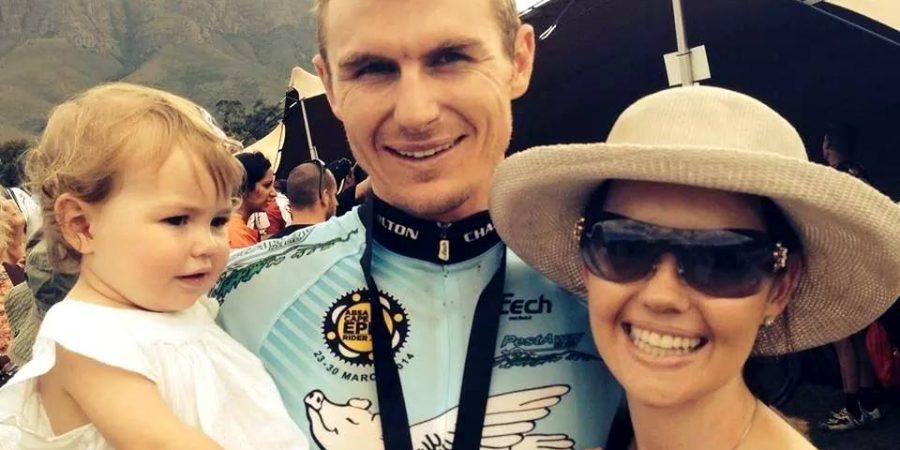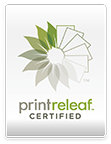





Stem cell therapy is transforming medicine and with it the lives of increasing numbers of patients with life-threatening illnesses. In this article we hear from three sets of parents who have experienced the incredible benefits of stem cell therapy first hand.
It is now nearly 33 years since the first successful cord blood stem cell transplant took place and in that relatively short space of time, this groundbreaking form of medicine has contributed to the successful treatment of more than 80 different diseases, including cerebral palsy, leukemia and sickle cell disease. The list of treatable diseases looks certain to rise as researchers report promising results in tests on type 1 diabetes, stroke, multiple sclerosis, autism, Crohn’s disease and other types of cancer.
Stem cells are the building blocks of the blood and immune system and they have incredible capabilities. They can heal and repair cells and tissue, help rebuild the blood and immune system and even transform themselves into other types of cells in order to replace damaged cells. One of the richest sources of stem cells is umbilical cord blood, taken at birth and stored in special blood banks. The procedure is very simple and does not affect mother or baby at all, yet the long-term benefits of storing a newborn’s cord blood could be nothing short of life-saving.
The three patients in our stories have had their lives transformed by stem cell therapy. Each one has been able to overcome illness thanks to a transfusion of the cord blood stem cells their parents banked for them when they were babies.
Sasha’s story
When Sasha Browne was born, her parents, Tania and Richard, took the decision to collect and store their new daughter’s umbilical cord blood as an ‘insurance policy’ to safeguard her health for the future. Little did they realise how crucial a step this would prove to be. Sasha was born with cerebral palsy, an umbrella term for a range of different conditions that affect the brain, causing problems with movement, posture and co-ordination.
The family, who are originally from the UK but now live in Dubai, where Sasha was born, agreed for Sasha to go to the US to take part in the first ever stem cell therapy trial to treat cerebral palsy. The trial was led by Dr Joanne Kurtzberg at Duke University, North Carolina, an internationally renowned expert in pediatric hematology/oncology, pediatric blood and marrow transplantation, umbilical cord blood banking/transplantation, as well as the emerging fields of cellular therapies and regenerative medicine. Three-year-old Sasha is thought to be the first British child to be infused with her own umbilical cord blood stem cells and her parents believe this pioneering procedure has transformed her life, helping to improve her ability to walk, see and speak.
Three-year-old Sasha is thought to be the first British child to be infused with her own umbilical cord blood stem cells and her parents believe this pioneering procedure has transformed her life, helping to improve her ability to walk, see and speak.
By injecting Sasha with stem cells harvested from her umbilical cord at birth, doctors put healthy stem cells into her bloodstream in the hope that they would help to repair some of the damaged tissue. The results were very positive. ‘We feel there has been some general progress in her motor skills and perhaps some improvement in her vision and cognitive ability,’ says Tania. ‘Sasha’s therapists definitely noticed a change. They would say, “Look at the difference in her – her walking is streets ahead of what it was before. Look at her hand – last time I saw her hand it was really closed and now it’s moving more.”
‘We can’t categorically say this is attributable to the stem cell infusion Sasha received; however, both myself and my husband, together with Sasha’s therapist, feel the improvement has potentially been at a faster rate than it may have occurred, or in comparison with other children with similar abilities.’
Sasha does receive other treatments to help with her condition, such as physiotherapy, occupational therapy and hydrotherapy. However, her all-round progress has been so great that a planned operation to correct a squint has now been postponed and may no longer be necessary at all.
Dr Kurtzberg observed improvements in many of the children who took part in the same trial and has gone on to carry out a second phase to establish whether these advances were due to the stem cells or some other placebo effect.
Ahmed’s story
When Mohammed Ahmed and his wife found out they were expecting their second child, they decided they would collect and bank their soon-to-be-born daughter’s precious stem cells in an attempt to help treat their older son, Ahmed, who suffered with thalassemia major. This is an inherited blood disorder, whereby the body is unable to produce hemoglobin, the oxygen-carrying red blood cells, and results in severe anaemia, fatigue and the inability to thrive. In its most severe form it can lead to organ failure and death.
When new baby Alanoud was born, the stem cells were collected from her umbilical cord and arrangements were put in place for the stem cell transplant for Ahmed to be carried out. The procedure was a great success and, over a period of six months, Ahmed made a full recovery.
‘Ahmed is now seven years old and he is growing in height,’ says his father. ‘He’s now free from transfusions and medication, is going to school and loves playing with the other kids and simply enjoys being just like the other kids. I would definitely say parents who have children diagnosed with thalassemia should not delay in getting stem cell therapy for their children because the longer you wait, the greater their health can deteriorate.’
He’s now free from transfusions and medication, is going to school and loves playing with the other kids and simply enjoys being just like the other kids.
‘Without having stored the stem cells of his newborn sister, my son would not have recovered from his illness. Everyone should know about the potential of stem cell therapy and how it can save lives. I will have no hesitation in collecting and storing the cord blood stem cells when our next baby is born.’
Paige’s story
When their first child was due in December 2012, Kyle and Carla Poppleton, who live in Botswana, made the decision to arrange for the collection and storage of their new baby’s cord blood and tissue stem cells. The couple had thoroughly researched the topic and realised that the opportunity to take advantage of this pioneering form of medicine and safeguard the health of their new child was an opportunity too important to miss.
Their daughter Paige was born in London in March 2013 but, just under a year later, was diagnosed with mild cerebral palsy. At six months old she could not sit and spent most of the time with her little right hand in a fist and her toes curled up. The Poppletons immediately started an intense course of physiotherapy and occupational therapy for Paige to try to ease the situation. They also worked very closely with the stem cell storage team to provide the hospital with all the information required to arrange a possible stem cell reinfusion.
In April 2014, Paige’s umbilical cord blood stem cells were transferred to Duke University in North Carolina to use in a stem cell transplant. ‘Just two months after the reinfusion took place, Paige was crawling, pulling herself up onto furniture and standing while holding my hand, which we never thought she would ever be able to do,’ says Carla. ‘It’s difficult to know whether her progress was due to natural development or due to the reinfusion but there is no doubt about the advances she has made. She just seems to be improving all the time.’
Carla and Kyle agree that their decision to collect and store Paige’s stem cells when she was born was the best investment they have ever made. ‘Obviously the cost is a big factor but when you look at the bigger picture, collecting and storing your child’s stem cells could save their life – and that is something you can’t put a price on. Life is precious and you never know what lies around the corner.’
Obviously the cost is a big factor but when you look at the bigger picture, collecting and storing your child’s stem cells could save their life – and that is something you can’t put a price on.
A precaution beyond price
For the parents of Sasha, Paige and Ahmed, storing their babies’ stem cells at birth proved to be a life-changing step. For Mohammed Ahmed and his wife, there was already a pressing need, but for Tania and Richard Browne as well as Kyle and Carla Poppleton, the decision was made as a precaution – and a very wise one, as it turned out.
Banking your newborn’s umbilical cord blood is a small, simple step that could reap invaluable benefits later in life. It is an investment that more and more people are making to give them unprecedented peace of mind over the health of their child. Indeed, it’s not too much of a stretch to imagine a time when everybody on Earth has a supply of their own stem cells banked as part of their own personal healthcare programme, but for parents preparing for the birth of their next child, the opportunity to take advantage of this breakthrough technology is here right now.
About the author: Shamshad Ahmed, CEO and Founder of Smart Cells International.
Shamshad Ahmed is CEO and Founder of Smart Cells International Ltd. Opening in 2000, Smart Cells became the UK’s first private cord blood company – its goal to give parents more access to potentially life-saving treatment for their families. It is one of the UK’s largest private banks, operating across the globe and storing over 50,000 cord blood samples from people in over 70 countries.



